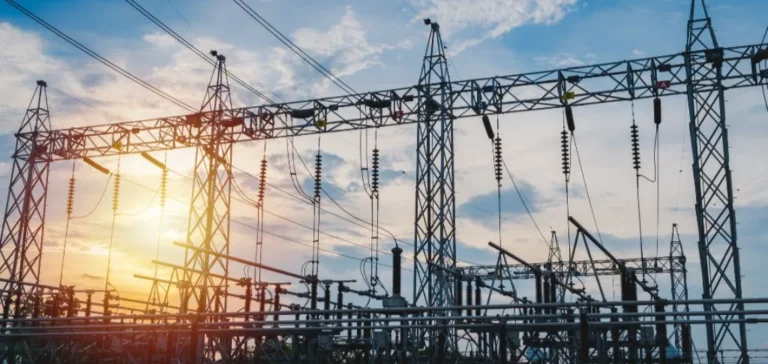The Danish government has raised the security level of its energy infrastructure to the second-highest tier, a decision prompted by several incidents involving unidentified drones in the country’s airspace. This measure aims to prevent any risk of sabotage or hybrid attacks, as authorities fear a potential disruption of national energy supply.
Minister for Climate, Energy and Utilities Lars Aagaard stated that the move to orange level would lead to increased surveillance at critical sites and stricter access restrictions to installations. According to his remarks, the decision reflects the growing vulnerability of energy networks amid persistent international tensions.
Increased controls amid regional tensions
Danish authorities have reported repeated flyovers of airports, including Copenhagen’s, as well as sensitive military sites. These events led to the temporary closure of certain airspaces and increased patrolling of strategic zones. No state actor has been officially named, although political leaders have pointed to Russia as the primary source of threats to European interests.
Prime Minister Mette Frederiksen publicly stated that only one country currently poses a significant danger to the continent’s security. Her statement comes as Copenhagen hosts a high-security European summit, with a temporary ban on civilian drone flights in place until 3 October.
Energy infrastructure under heightened global scrutiny
Denmark’s decision comes amid growing alerts over critical infrastructure across several Northern European countries. Minister Aagaard said that the rise in incidents highlights an increasing focus on energy supply systems, beyond drone activity alone. He added that this trend reflects the global perception of the strategic value of such installations.
The last time Denmark raised its security level to this extent was in September 2022, following the sabotage of the Nord Stream gas pipeline in the Baltic Sea. That incident had already underscored the vulnerability of both underwater and land-based energy networks to covert operations.






















